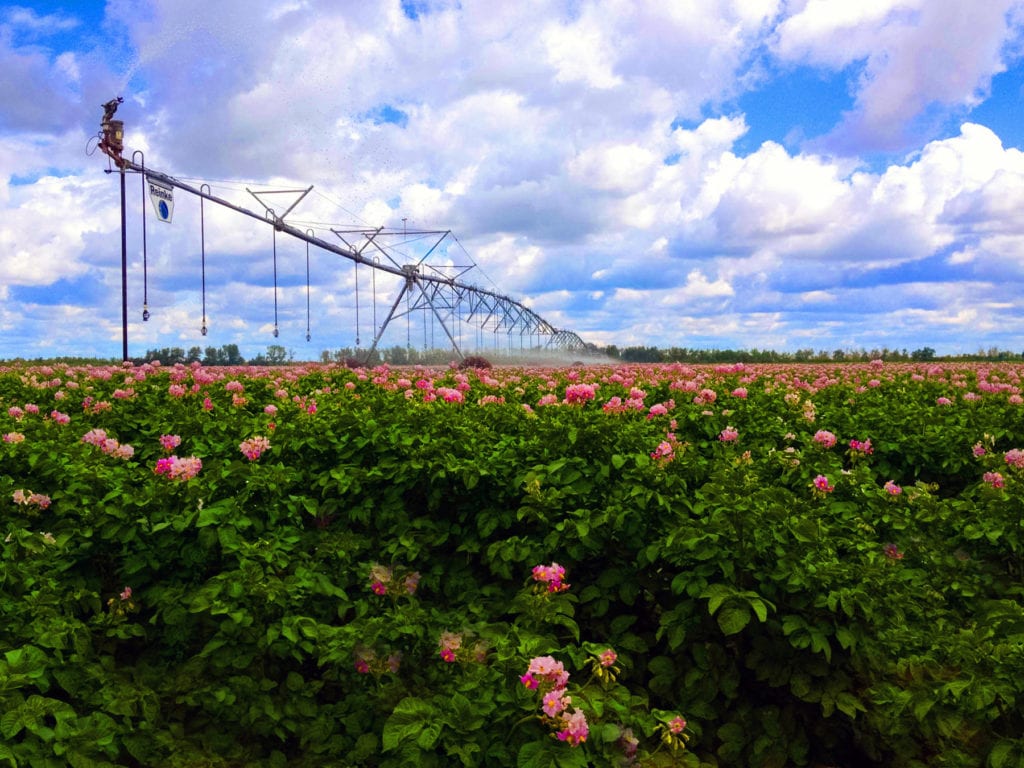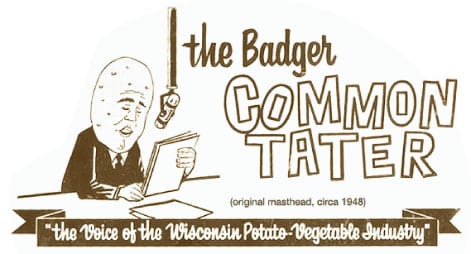
Nitrogen Supply from Soil & Irrigation in Central Wisconsin
By Matt Ruark and Kate Ivancic
Department of Soil Science, UW-Madison
When we think about how much nitrogen is needed for crop production in the Central Sands region of Wisconsin, we primarily think about how much nitrogen we need to apply as fertilizer.
However, there are other sources of nitrogen for these systems: soil nitrogen mineralization and nitrogen supplied through irrigation.
SOIL NITROGEN MINERALIZATION
Understanding how much nitrogen your soil supplies can be important when assessing how well buffered your soil system is after leaching events or as a metric to assess improvements in the soil condition after adopting soil conservation or soil building management practices.
Nitrogen mineralization occurs when soil microorganisms convert soil organic matter (or other organic inputs such as manure, cover crops, or plant residue) from the organic form (which is not plant available) into ammonium.
Ammonium is a plant available form of nitrogen in soil, but it is usually converted quickly to nitrate (another plant available form). However, measuring soil mineralizable nitrogen is not easy.



